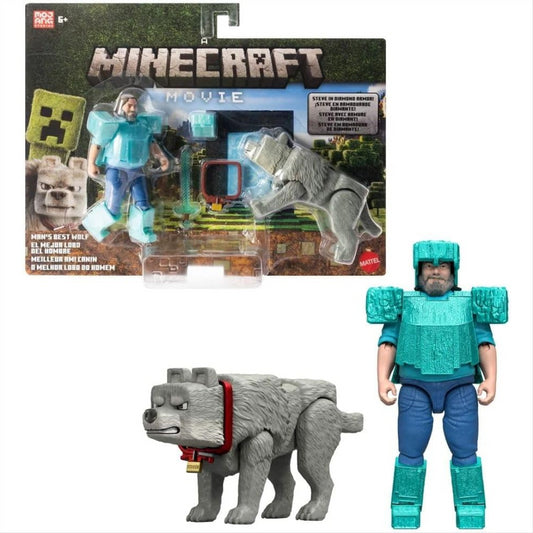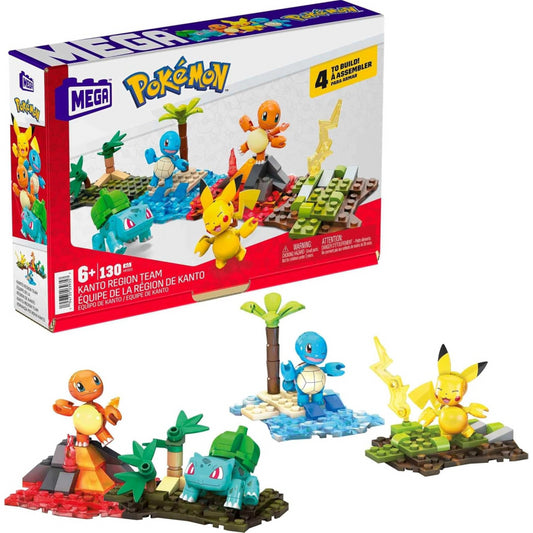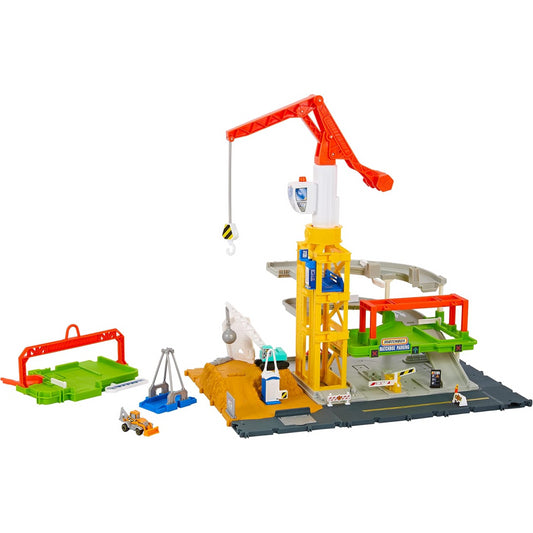How to tell your twins apart
Identifying Identical Twins
Many expecting twin parents may be concerned about how they will tell their children apart. They may be worried that they may mix up the infants and not be able to tell who is who. The dread is heightened by sleep deprivation and the hectic demands of caring for many infants.
Before their kids are born, parents of twins have numerous concerns: how to care for both newborns at the same time, how to get enough sleep, and how to pay for everything. Fortunately, one worry that can be crossed off the list is the difficulty telling twins apart.
The majority of parents believe that mixing up their children is the least of their worries. They are distinguished as individuals after only a few hours or days at most. Even though they appear to be identical, parents usually just spot the differences.
Perhaps this is why some parents share this apprehension. Recognizing and understanding your child is a fundamental impulse. If you don't recognise your child, even if it's due to momentary forgetfulness like mixing up twins, you've failed at one of the most basic parenting skills.
Twins' Similarities
Worry is typically not a concern for families with dizygotic (fraternal) twins. Dizygotic twins are no more similar than any two siblings born at different periods since they develop from two distinct egg/sperm pairings.
However, don't underestimate the power of familial resemblance. Fraternal twins, like siblings, can have remarkably similar appearances. Fraternal twins may typically be distinguished by distinguishing characteristics such as eye colour, hair colour, facial features, body size, or head shape. For boy/girl twins, a simple examination of the diaper region is all that is needed to confirm. Monozygotic twins, on the other hand, aren't called identical twins for no reason. The two people have the same genetic composition after being formed from a single zygote (sperm/egg combination) that divides into two. They could share a lot of physical traits.
A person's identity is more than simply their physical appearance. Personality, expression, communication, and emotions all differ from person to person. And, while DNA influences many features, even monozygotic multiples that seem identical are distinct individuals who will rapidly distinguish themselves from their parents. Parents will soon recognise and appreciate each child's distinct imprint as they become acquainted with their newborns. Similarly, individuals who are familiar with and enjoy multiples will learn to recognise them.
However, mistakes do occur. It is true that the first year of raising twins is exhausting, and being exhausted may surely impair judgement. It is critical to remember who is who, especially if you are providing medications, monitoring feedings, or charting developmental milestones.
If you are expecting twins and are concerned about identifying them apart, there are certain precautions you may take. Using these methods will ensure that mixing up your twins results in only amusing antics and no major consequences.
Physical Distinctions
Even identical twins have certain physical features that differ. In reality, there are certain unusual prenatal conditions that might result in identical twins that do not resemble each other at all. Twins suffering from twin-to-twin transfusion syndrome (TTTS), for example, may have a size difference.
Infants with various head shapes may be born as a result of labour and delivery. Even identical twins have epigenome differences, which are chemical changes inside a person's genetic material. Birthmarks, moles, and freckles vary from person to person.
As you grow to know your twins, you'll notice physical cues that will help you tell them apart. Mirror image twins have reverse asymmetric characteristics, similar to two people gazing in the mirror. They may, for example, have a hair whorl or cowlick that spins in opposing directions. They might have birthmarks on both sides of their bodies.
Minor physical features like these can help distinguish between people. Once you've identified a distinctive physical trait, you may use it to identify your twins apart. When others ask how you do it, you may reveal the secret.
Clue Planning
Colour coding is used by some parents. They always outfit each twin in a different colour. Blue/pink is a good colour combination for boy/girl twins; purple and pink is a good colour combination for two girls; and blue and green is a good colour combination for two males. You can have a good time with it.
Red and green were used by one father of boy twins named Nick and Patrick. Nick dresses in red for St. Nick, whereas Patrick dresses in green for St. Patrick. This technique is quite useful for assisting others in telling twins apart, especially in childcare or school settings. When photographing your twins, it's also a good idea to utilise a colour labelling scheme. In retrospect, you'll always know who's who.
The issue with colour-coded clothes is that it might be difficult to keep up with.
It necessitates that parents shop more carefully and only buy products that match the colour code. It also necessitates perseverance in keeping up with washing so that everyone has access to clothing alternatives in their preferred colour.
If colour-coded clothing is too complicated, try some other quick colour clue. Some parents paint a toenail with nail polish as an identifier while others use hospital bracelets or jewellery. Just be sure that any accessories you use are safe for babies or children, with nontoxic materials or small parts that could present a choking hazard.
There you have it! We hope these ideas will help you tell your identical twins apart and prevent mixing up the infants and not be able to tell who is who.


















